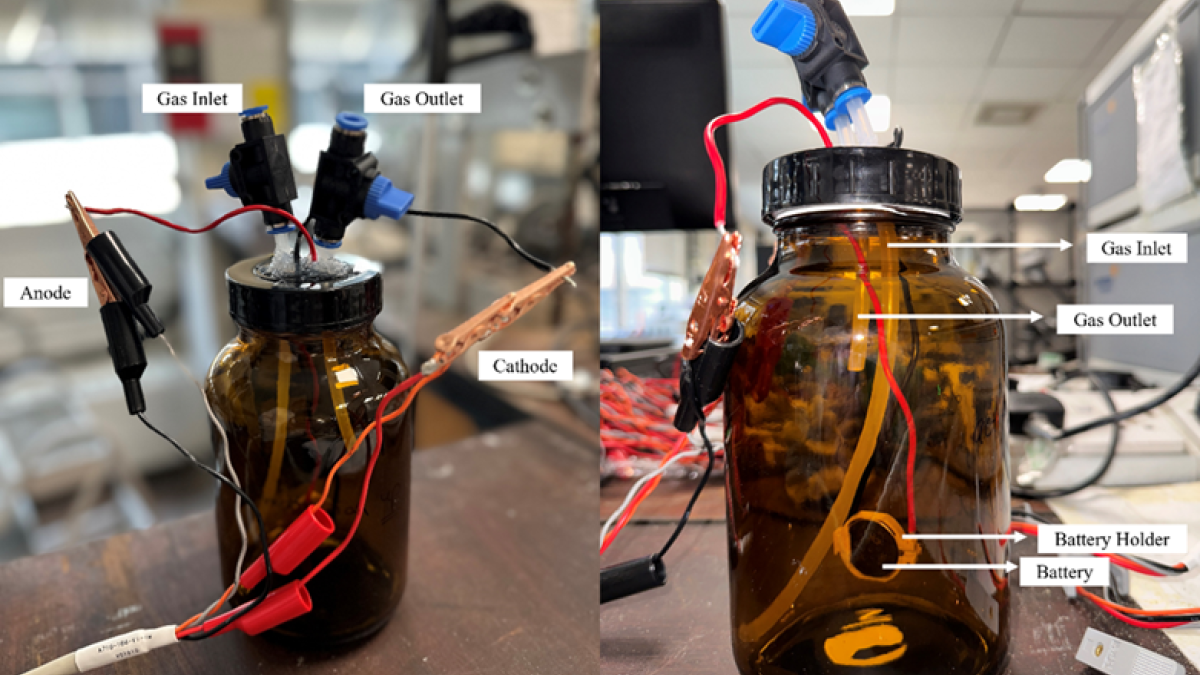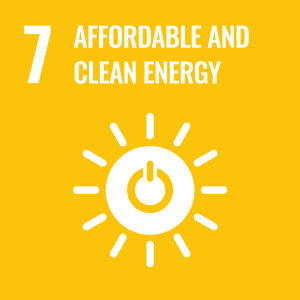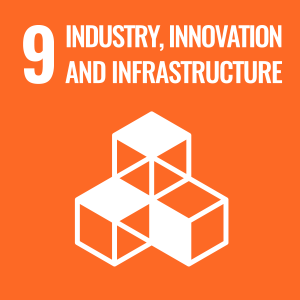Scientific breakthrough brings CO₂ ‘breathing’ batteries closer to reality
Scientists at the University of Surrey have made a breakthrough in eco-friendly batteries that not only store more energy but could also help tackle greenhouse gas emissions. Lithium–CO₂ ‘breathing’ batteries release power while capturing carbon dioxide, offering a greener alternative that may one day outperform today’s lithium-ion batteries.

Until now, Lithium-CO₂ batteries have faced setbacks in efficiency – wearing out quickly, failing to recharge and relying on expensive rare materials such as platinum. However, researchers from Surrey have found a way to overcome these issues by using a low-cost catalyst called caesium phosphomolybdate (CPM). Using computer modelling and lab experiments, tests showed this simple change allowed the battery to store significantly more energy, charge with far less power and run for over 100 cycles.
The study, published in Advanced Science, marks a promising step toward real-world applications. If commercialised, these batteries could help cut emissions from vehicles and industrial sources – and scientists even imagine they could operate on Mars, where the atmosphere is 95% CO₂.
To understand why the CPM worked so well, teams from Surrey’s School of Chemistry and Chemical Engineering and the Advanced Technology Institute used two approaches. First, they dismantled the battery after charging and discharging to study the chemical changes inside. These post-mortem tests found that lithium carbonate, the compound formed when the battery absorbs CO₂, could be reliably built up and removed – an essential feature for long-term use.
They then turned to computer modelling using density functional theory (DFT), which allows researchers to explore how the reactions unfold on the material surface. Results showed how the CPM’s stable, porous structure offered the ideal surface for key chemical reactions.
The discovery opens new doors for developing even better low-cost, easy-to-make battery materials. With further research into how these catalysts interact with electrodes and electrolytes, lithium–CO₂ batteries could become a practical, scalable way to store clean energy, while helping reduce carbon in the atmosphere.
[ENDS]
Notes to editors
- Dr Siddharth Gadkari and Dr Daniel Commandeur are available for interview; please contact mediarelations@surrey.ac.uk to arrange.
- The full paper is available at https://advanced.onlinelibrary.wiley.com/doi/epdf/10.1002/advs.202502553
Related sustainable development goals


Featured Academics
Media Contacts
External Communications and PR team
Phone: +44 (0)1483 684380 / 688914 / 684378
Email: mediarelations@surrey.ac.uk
Out of hours: +44 (0)7773 479911

